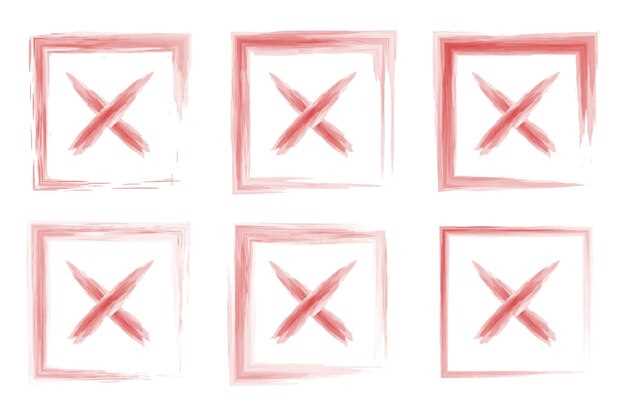
Frame damage in vehicles can often go unnoticed, leading to serious safety concerns and costly repairs. Understanding how to identify signs of hidden frame damage is crucial for any vehicle owner. Frame damage can result from accidents, wear and tear, or even manufacturing defects. If left unaddressed, this damage can compromise the integrity of your vehicle, affecting its performance and safety.
One of the primary challenges with hidden frame damage is that it may not always be visible during a casual inspection. While some signs are evident, such as misaligned doors or uneven tire wear, others may require a more thorough examination. It is essential to know the indicators that suggest frame damage and to seek professional evaluation if any concerns arise. Early detection can save you from expensive repairs and ensure your vehicle remains safe to drive.
In this article, we will explore the key signs of hidden frame damage, helping you to better understand what to look for during your inspections. By being proactive about your vehicle’s condition, you can maintain its value and ensure your safety on the road.
Visual Indicators of Hidden Frame Damage
Identifying hidden frame damage in your vehicle can be challenging, but certain visual indicators can help reveal potential issues. Look for the following signs:
Uneven Gaps in Body Panels: Inspect the spaces between the doors, trunk, and hood. Uneven gaps can indicate misalignment caused by frame damage. Panels should align neatly and have consistent spacing.
Inconsistent Panel Fit: Pay attention to how well body panels sit against each other. Misfitted panels may suggest that the vehicle’s frame has been stressed or bent, affecting the overall structure.
Cracks or Bends in the Frame: While inspecting, look for visible cracks or bends in the frame of the vehicle, especially in the areas near the front and rear suspension. Any structural deformity can indicate underlying damage.
Rust or Corrosion: Areas of rust, particularly on the frame or near critical mounting points, may expose a history of collision damage. Corrosion can weaken structural integrity and indicates that the vehicle may have been previously compromised.
Signs of Welding: Examine the frame for signs of welding or repairs. If you notice areas that appear to have been welded, it may suggest prior frame damage that was fixed, which could lead to further issues down the line.
Misaligned Wheels: Observe the alignment of the wheels. If the wheels appear to point in different directions or if the vehicle pulls to one side when driving, this could signal frame damage affecting alignment.
Suspension and Differential Issues: Look for abnormal wear or damage to suspension components. Issues such as leaking shocks or struts may correlate with frame problems, as suspension systems are closely tied to the vehicle’s frame.
Regularly monitoring these visual indicators can help in detecting hidden frame damage before it escalates into more significant issues. If you notice any of these signs, consult a professional for an in-depth inspection.
How to Conduct a Basic Frame Inspection

To begin a basic frame inspection, park the vehicle on a flat, level surface to ensure stability during the check. First, visually examine the exterior for any noticeable irregularities such as misaligned panels or uneven gaps between body parts.
Next, inspect the undercarriage. Use a flashlight to examine the frame for any signs of rust, cracks, or bends. Pay special attention to areas near suspension components and mounting points, as these are critical for the vehicle’s structural integrity.
Check for any signs of previous repairs. Uneven welds, mismatched paint, or signs of recent paint overspray can indicate past frame damage. If possible, take a look at the vehicle’s history report to see if it has been involved in any accidents.
Another important step is to conduct a wheel alignment check. If the vehicle pulls to one side during a test drive or the steering wheel is off-center, it may suggest hidden frame damage. Additionally, inspect the tires for uneven wear patterns, which can signal alignment or frame issues.
Finally, if you suspect damage or are unsure of what to look for, consider consulting a professional mechanic who can perform a thorough inspection and assess the condition of the frame more accurately.
Common Misconceptions About Frame Damage Detection

Understanding frame damage detection is crucial for vehicle maintenance and safety. However, several misconceptions often lead to confusion. Here are the most common myths:
- Myth 1: Frame Damage is Always Visible. Many people believe that if frame damage exists, it will be obvious and visible. In reality, hidden frame damage can occur in areas that are not easily accessible or visible during a casual inspection.
- Myth 2: A Vehicle with Frame Damage is Undriveable. While significant frame damage can render a vehicle unsafe, minor frame issues may not affect driving immediately. However, neglecting repairs can lead to further complications over time.
- Myth 3: All Frame Damage is the Same. Not all frame damage has the same severity or implications. Some damage may be cosmetic, while others can impact the vehicle’s structural integrity and safety.
- Myth 4: Only Older Vehicles Have Frame Damage. Frame damage can occur in both new and old vehicles, even those involved in seemingly minor accidents. New vehicles may have hidden damage that only reveals itself over time.
- Myth 5: Inspections are Only Necessary After Major Accidents. Regular inspections are essential even if no accidents have occurred. Road hazards, wear and tear, and minor collisions can lead to frame issues that need attention.
By debunking these misconceptions, vehicle owners can better understand the importance of frame damage detection and take proactive measures to ensure the safety and longevity of their vehicles.

